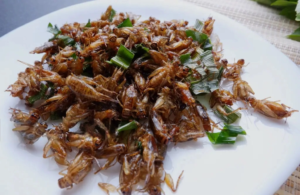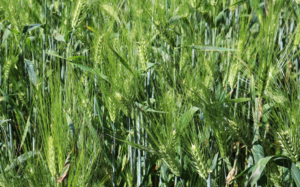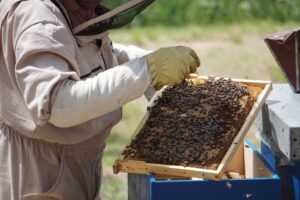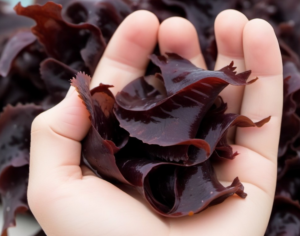Bees are the industrious pollinators that are crucial for the health of ecosystems and agriculture. They have been facing numerous challenges in recent times due to habitat loss to pesticide use. How do we resolve this? One innovative solution that has gained traction in conservation efforts is the use of bee hotels. But what exactly are these structures, and how do they function to support bee populations? In this article, we will delve into understanding Bee Hotels and how they work.
Understanding Bee Hotels

A Brief History
Bee hotels are also known as bee houses or insect hotels. They have their roots in Europe, where they were initially developed as a means to provide nesting sites for solitary bees. Solitary bees, unlike honeybees, do not live in colonies but nest individually in cavities such as hollow stems or holes in wood.
Purpose
The primary purpose of bee hotels is to offer shelter and nesting sites for solitary bees. These bees play a vital role in pollination and are often more efficient pollinators than honeybees due to their behavior and foraging habits. Providing suitable habitats for solitary bees just ensures that we are caring for the pollinators that do not directly benefit us(i.e. through honey).
How They Work
Bee hotels consist of various materials and structures designed to mimic natural nesting sites. These can include hollow tubes, drilled wooden blocks, or bundles of hollow plant stems. Different size cavities can be used to accommodate different species of solitary bees. Some prefer smaller holes while others require larger spaces.
The key to the effectiveness of bee hotels lies in their placement and maintenance. They are ideally positioned in sunny locations and preferably facing southeast or south. This ensures warmth for the developing bee larvae. Additionally, bee hotels should also be protected from wind and rain to prevent damage to the nesting materials.
Bee Hotels and Sustainability
Conservation Impact
Bee hotels have their utilization towards greener and more sustainable practices. Bee hotels contribute to the conservation of native pollinators and help mitigate the decline in bee populations observed worldwide. This, in turn, supports the health of ecosystems and promotes biodiversity.
Reduction of Pesticide Dependency
Furthermore, the presence of healthy bee populations can reduce the need for chemical pesticides in agriculture. Sufficient pollination services provided by native bees ensure that the farmers rely less on synthetic pesticides. This leads to a decrease in environmental pollution and potential harm to beneficial insects.
Building Your Bee Hotel

Creating a bee hotel can be a rewarding and relatively simple DIY project. Here’s a step-by-step guide:
Materials Needed
- Wooden blocks or bamboo stems
- Drill with various drill bit sizes
- Wooden frame or box
- Roofing material (optional)
- Natural nesting materials such as twigs, pine cones, or straw
Construction Steps
- Prepare the Housing: Drill holes of varying diameters into wooden blocks or bamboo stems. Ensure that the depth of the holes is suitable for different species of solitary bees.
- Assemble the Structure: Arrange the drilled blocks or stems within a wooden frame or box, leaving enough space between them for easy access.
- Add Roofing: If desired, attach a roof or cover to protect the nesting materials from rain and direct sunlight.
- Fill with Nesting Materials: Place natural nesting materials, such as twigs, pine cones, or straw, between the drilled holes to provide additional nesting options for bees.
- Placement: Install the bee hotel in a sunny location, preferably elevated off the ground, and secure it firmly to prevent movement.
Following these you can create a welcoming habitat for solitary bees in your backyard, contributing to local biodiversity and ecosystem health.
Conclusion
In conclusion, bee hotels offer a practical and sustainable solution to support bee populations and promote biodiversity. Now that you understand its purpose, you can play a significant role in their conservation efforts.





